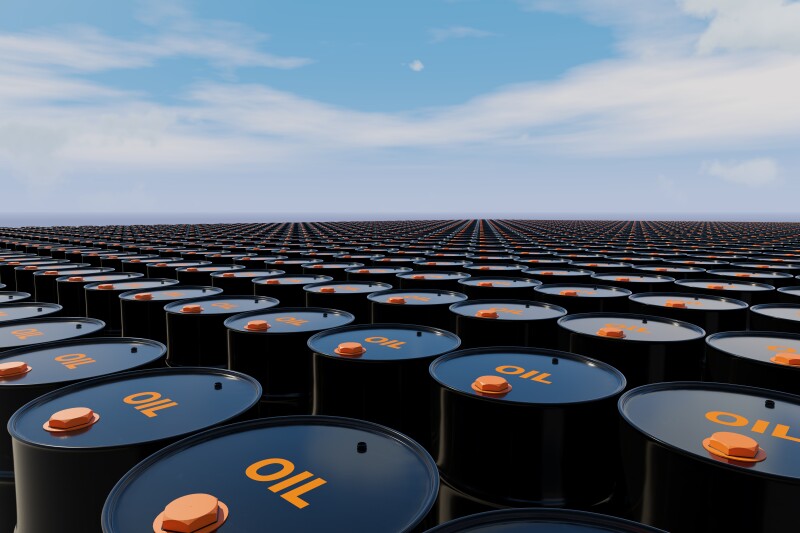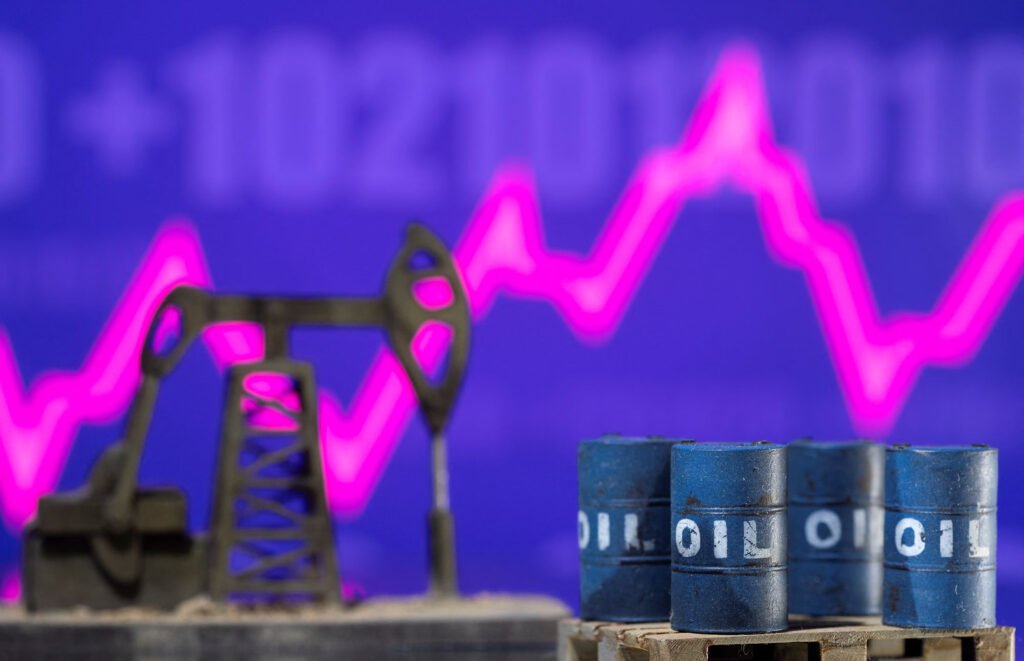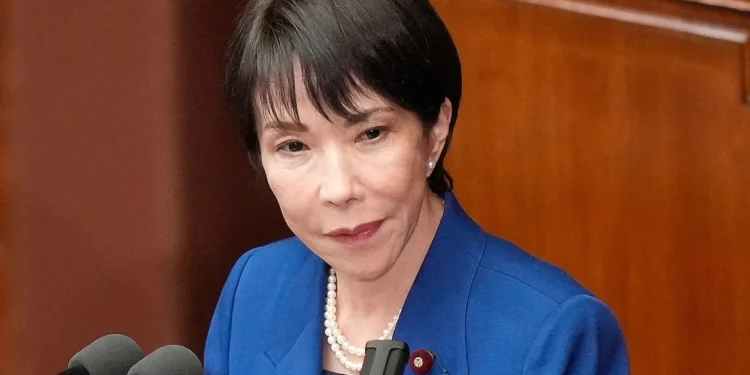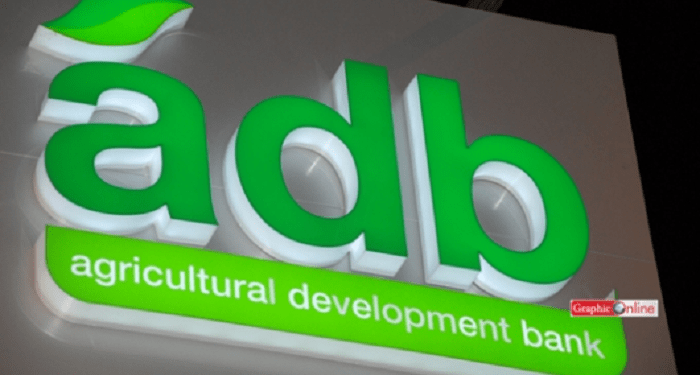The Organization of the Petroleum Exporting Countries and its allies (OPEC+), led by Saudi Arabia and Russia, announced on Sunday that it will increase oil production by 137,000 barrels per day (bpd) beginning in November, maintaining its cautious approach amid growing fears of an oversupplied market.
The decision, smaller than what many analysts had anticipated, reflects OPEC+’s balancing act between defending market stability and protecting its share in an increasingly competitive global energy landscape.
“This adjustment will be implemented in November 2025 as detailed in the table below.
“The 1.65 million barrels per day may be returned in part or in full subject to evolving market conditions and in a gradual manner.”
OPEC+
So far this year, OPEC+ has increased its collective output targets by more than 2.7 million bpd, equivalent to about 2.5% of global demand, a move that has put downward pressure on prices.
Balancing Stability and Supply

The group reaffirmed its commitment to a “cautious and flexible” policy, with member states retaining the right to pause or reverse voluntary output increases if market conditions weaken further.
OPEC+ also reiterated the importance of full compliance with its production agreements, saying it would “closely monitor and assess market conditions” and “retain full flexibility to pause or reverse the additional voluntary production adjustments.”
The eight countries participating in the voluntary adjustment, Saudi Arabia, Russia, Iraq, the United Arab Emirates, Kuwait, Kazakhstan, Oman, and Algeria, confirmed that they will compensate for any overproduction since January 2024.
They also agreed to meet monthly to review market trends and conformity ahead of their next full meeting on November 2, 2025.
The smaller-than-expected increase drew mixed reactions from market analysts. “OPEC+ stepped carefully after witnessing how nervous the market had become,” said Jorge Leon, senior analyst at Rystad Energy.
“There were market rumors that production could be hiked by as much as 500,000 barrels a day.
“The group is walking a tightrope between maintaining stability and clawing back market share in a surplus environment.”
Jorge Leon, senior analyst at Rystad Energy
OPEC+’s production strategy has evolved significantly over the past year. Initially focused on restricting output to support high prices, the alliance shifted gears in April 2025 to prioritize market share amid rising competition from non-OPEC producers such as the United States, Brazil, Canada, Guyana, and Argentina.
Demand Outlook: Diverging Views

The International Energy Agency (IEA) projects that global oil demand will grow by only 700,000 barrels per day between 2025 and 2026, a pace far slower than pre-pandemic levels.
In contrast, OPEC’s internal forecasts remain more optimistic, projecting demand growth of 1.3 million barrels per day in 2025 and 1.4 million barrels in 2026.
Despite the divergence in outlooks, both institutions agree that the global oil market remains finely balanced, with any miscalculation in production likely to trigger sharp price swings.
As of Friday, Brent crude, the global benchmark, was trading at $64.53 per barrel, while West Texas Intermediate (WTI) stood at $60.86 per barrel. Both benchmarks have fallen sharply in recent days, with Brent down about 8.3% and WTI declining by 7.6% since Monday, according to Reuters.
For Russia, the world’s second-largest oil producer after Saudi Arabia, the new production increase is deemed “manageable,” analysts say, despite mounting challenges.
According to Arne Lohmann Rasmussen of Global Risk Management, recent Ukrainian strikes on Russian refineries have reduced domestic refining capacity, forcing Moscow to increase crude exports to maintain revenue streams.
While Moscow relies heavily on high prices to finance its war in Ukraine, Western sanctions continue to limit its ability to ramp up production or access advanced energy technologies.
Shifting Global Dynamics

OPEC+’s decision comes as global markets digest signs of weakening demand growth and potential oversupply.
Analysts warn that a large production increase could deepen the price slump, jeopardizing the fiscal stability of oil-dependent economies.
“The 137,000-barrel increment is symbolic.
“It signals OPEC+’s intent to remain active in the market without triggering a panic sell-off.”
Jorge Leon, senior analyst at Rystad Energy
The alliance’s decision also underscores a delicate geopolitical balance. Saudi Arabia, while keen to protect its fiscal interests, must coordinate with Russia, which faces its own set of economic and political constraints.
Ultimately, the November adjustment signals that OPEC+ remains wary of repeating past mistakes, when rapid supply expansions led to price collapses.
For now, the group’s cautious stance appears aimed at sustaining stability in an increasingly uncertain global oil landscape.
READ ALSO: Market Cheers as Ghana’s Treasury Auction Breaks Four-Week Drought with 15.8% Oversubscription























